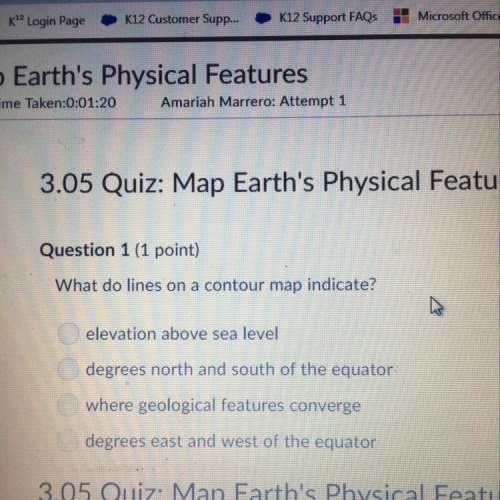
Chemistry, 21.08.2019 04:10 juliaduenkelsbu
In the human body the common carotid artery (cca) is the main vessel transporting oxygenated blood from the aortic arch (at the top of the heart) to the brain, face and mouth. in a typical healthy adult the cca has a length of l = 20 cm and internal diameter of d = 5.5 mm. when a particular transport processes student is discussing a tutorial question with another student, this artery needs to supply approximately 600 ml/min of blood to maintain healthy function of the student’s brain, face and mouth.
(a) a reasonable assumption is to approximate the cca as a thin, straight and cylindrical tube within which the flow of blood is fully developed, steady-state and newtonian. if the viscosity and density of blood are µ = 2.5×10−3 pa. s and ρ = 1055 kg/m3 , respectively, what is red within this vessel under these conditions? would you expect the flow regime to be laminar, transitional or turbulent?
(b) carotid artery disease describes a condition whereby deposits of plaque build around the inside wall of the cca. these deposits decrease the diameter through which blood can flow, increasing the likelihood that turbulence may develop within the vessel. turbulence damages blood cells, leading to increased risk of thrombosis (blood clots), stroke and other adverse health effects. find red within the student’s artery if plaque buildup has reduced its inner diameter to 2 mm, and comment on the expected flow regime. repeat the analysis for an inner diameter of 1 mm.

Answers: 3


Other questions on the subject: Chemistry


Chemistry, 22.06.2019 00:40, petriajack8375
1) in saturated limewater, [h+ ]=3.98x10-13 m. a) find [oh]-/ b) what is the ph? / c) is the solution acidic, basic, or neutral? / 2) in butter, [h+ ]=6.0x10-7 m. a) find [oh]-/ b) what is the ph? / c) is the solution acidic, basic, or neutral? / 3) in peaches, [oh]=3.16x10-11 m a) find [h+ ]/ b) what is the ph? / c) is the solution acidic, basic, or neutral? / 4) during the course of the day, human saliva varies between being acidic and basic. if [oh]=3.16x10-8 m, a) find [h+ ]/ b) what is the ph? / c) is the solution acidic, basic, or neutral? /
Answers: 3

Chemistry, 22.06.2019 16:00, sassy11111515
The chemical equation below shows the reaction of sodium (na) and chlorine (cl) to form sodium chloride (nacl). 2na + cl2 → 2nacl in this equation, which of the following is a reactant? i. sodium ii. chlorine iii. sodium chloride
Answers: 1

Chemistry, 22.06.2019 17:00, brownvester44
Astable electron arrangement for an atom is one that does not easily change. how is this arrangement arrived at? a. valence electrons are transferred or shared to create a full outer shell of electrons. b. valence electrons are discarded into space to create a full outer shell of electrons. c. protons (positive charge) pair with valence electrons (negative charge) to create a strong bond. d. outer shells with valence electrons are transferred or shared.
Answers: 2
You know the right answer?
In the human body the common carotid artery (cca) is the main vessel transporting oxygenated blood f...
Questions in other subjects:

Mathematics, 11.09.2020 14:01

Mathematics, 11.09.2020 14:01

Biology, 11.09.2020 14:01

Mathematics, 11.09.2020 14:01

English, 11.09.2020 14:01

Mathematics, 11.09.2020 14:01

Physics, 11.09.2020 14:01

Mathematics, 11.09.2020 14:01

Mathematics, 11.09.2020 14:01

Social Studies, 11.09.2020 14:01




